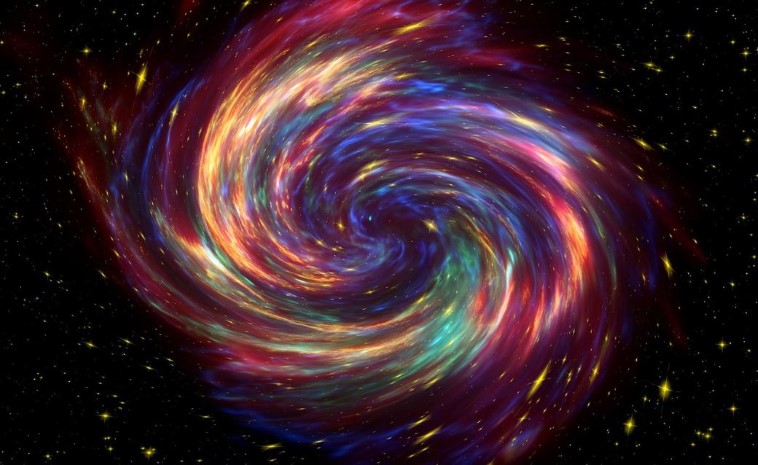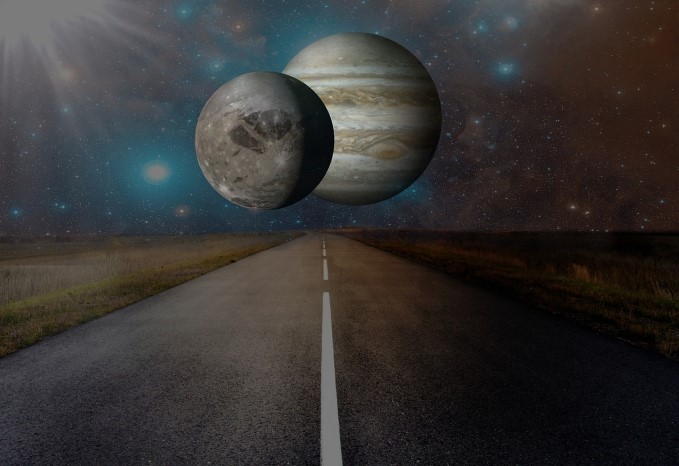From boxer to astronomer: Who was Edwin Hubble?

When in 1908 Jack Johnson (1878-1946) unexpectedly became the boxing champion of the world in the light heavyweight category, “white” America was outraged and offended.
Aristocratic boxer, lawyer, and doctor of astronomy
At a time of extreme intolerance, many Americans were bothered by the fact that the champion was black, so they wanted a white boxer who would dethrone him. Chicago managers thought this could be Edwin Hubble (1889-1953), a tall guy with a strong square jaw, who studied astronomy in Chicago and mathematics, and who did sports better than school.
Admittedly, not because he was a bad student, but because he was a born athlete. He had a gift for boxing, but also for other sports. He once broke the Illinois record in the high jump, and he also played basketball well.
Still, Edwin Hubble had aristocratic manners and was a little withdrawn. In his biographies it is said that he spent his childhood with the books of Jules Verne and that he was carried away by stories of fantastic new worlds. He graduated in astronomy and mathematics in 1910.

In the end, the match between Johnson and Hubble did not take place. In the same year that he finished his studies at the University of Chicago, Hubble received a Rhodes scholarship and went to Britain to study law at the University of Oxford.
During that period, Hubble had no ambitions to engage in science and after studying in Britain he returned to the USA in 1913 and there he began to develop a law practice.
But, a year later, Hubble realizes that he is more interested in astronomy than being a lawyer, and in 1914 he goes to the Yerkes Observatory of the University of Chicago and three years later (1917) gets his doctorate.
At this time, World War I was already raging. Three days after receiving his doctorate, Hubble enlisted in the army. He was sent to France with units of the 86th Division. He returned from the war in the summer of 1919 with the rank of major and immediately went to Mount Wilson Observatory.
Joining the nebulae debate
At that time, there was a long and complex debate among astronomers about the nature of nebulae. One of those who believed that nebulae, or at least some of them, are large families of stars, which as such are located outside our galaxy, was the famous William Herschel.
Hubble’s older colleague, Harlow Shapley (1885-1972), did not share that opinion. He considered nebulae to be gaseous, dusty objects in the Milky Way itself. According to Shapley, there was no “outside” of the Milky Way, so he believed the Milky Way was the entire universe.

Shapley calculated that the diameter of the Milky Way is 300,000 light-years, which is still exaggerated according to today’s calculations, according to which our galaxy is 100,000 light-years in diameter.
As for Hubble, he studied nebulae while preparing his doctorate at the University of Chicago. He believed that the true nature of nebulae could only be determined with much more powerful telescopes than existed at the time.
Hubble spent many nights in the cupola of the Hooker telescope observing and recording the nebulae on photographic plates. He proved to be not only a good but also a durable observer.
If you are curious to read more, don’t forget to check our blog for the next part of Edwin Hubble’s unusual life story and revolutionary findings!
Did you know that here at OSR you can name stars?

